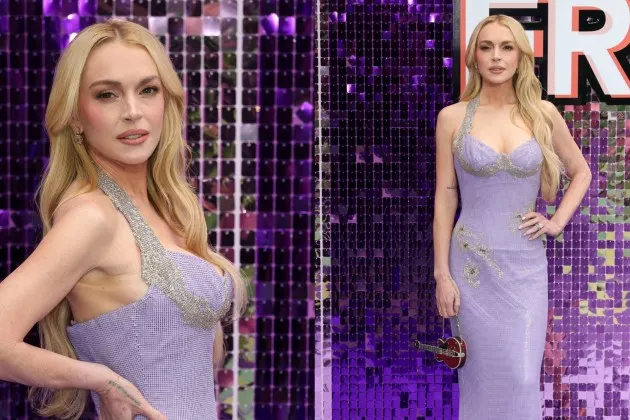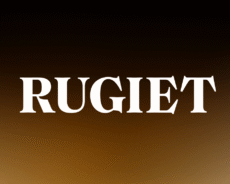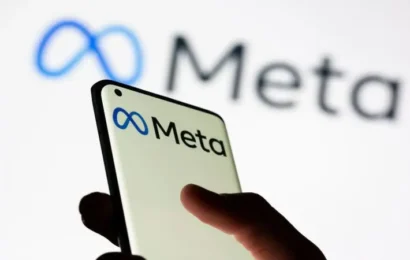
Lindsay Lohan’s fashion legacy is peppered with unforgettable moments, but few are as enduring as her punk-rock transformation in the 2003 cult classic Freaky Friday. Over two decades later, her character Anna Coleman’s rebellious style is still making waves—and recently, it’s been thrust back into the spotlight thanks to a nostalgic fashion revival.
The Look That Defined a Generation
Anna’s wardrobe in Freaky Friday was a bold departure from the polished, preppy styles dominating early 2000s teen films. Instead, she rocked chunky boots, layered chains, plaid skirts, and band tees—channeling the angst and edge of a teenager who felt misunderstood. It wasn’t just costume design; it was a visual manifesto of teenage rebellion.
This aesthetic, often dubbed “mall punk” or “pop punk,” captured the spirit of the era. It was accessible, expressive, and deeply personal. Teens across the globe saw themselves in Anna’s mismatched outfits and messy eyeliner. It wasn’t about perfection—it was about attitude.
Breaking Down the Outfit
Let’s dissect the key elements of Anna’s signature look:
- Plaid Skirt: A nod to punk’s British roots, the plaid mini was both rebellious and schoolgirl chic.
- Band Tee: Whether it was fictional or real, the band tee screamed identity. It told the world what you listened to—and what you stood for.
- Combat Boots: Heavy, clunky, and unapologetically cool. These boots grounded the look and added a dose of toughness.
- Layered Jewelry: Chains, chokers, and cuffs—Anna’s accessories were chaotic in the best way.
- Smudged Eyeliner: Her makeup wasn’t polished, and that was the point. It was raw, real, and reflective of her emotional state.
Fashion as Character Development
Costume designer Susie DeSanto didn’t just dress Lindsay Lohan—she told a story through clothes. Anna’s punk style wasn’t just a fashion choice; it was a narrative device. It highlighted the generational clash between her and her mother, played by Jamie Lee Curtis, and visually represented the chaos of their body-swap predicament.
As Anna navigated her mother’s world, her style softened. The evolution of her wardrobe mirrored her emotional growth and understanding. It’s a subtle but powerful example of how fashion can be used to deepen storytelling.
Why It Still Resonates
In 2025, there’s a notable resurgence of Y2K and early 2000s fashion. Gen Z and younger millennials are embracing the very styles they once mocked. Anna’s look fits perfectly into this revival. It’s nostalgic, expressive, and—most importantly—authentic.
Social media platforms like TikTok and Instagram are flooded with recreations of Anna’s outfits. Thrift stores are seeing spikes in demand for plaid skirts and vintage band tees. Even high fashion has taken cues, with designers incorporating punk elements into their collections.
Lindsay’s Influence Beyond the Screen
Lindsay Lohan’s personal style has always been a topic of fascination. From red carpet glam to off-duty grunge, she’s never been afraid to experiment. Her Freaky Friday look is just one chapter in a fashion journey that’s been unpredictable, bold, and undeniably influential.
In recent years, Lindsay has embraced her legacy with grace. She’s leaned into nostalgia while also evolving her style to reflect her growth. Her reappearance in fashion features and interviews shows a woman who understands the power of reinvention.
Threads of Rebellion: Punk’s Enduring Appeal
Punk fashion has always been about more than clothes. It’s a statement—a rejection of norms, a celebration of individuality. Anna Coleman’s style was punk-lite, tailored for a Disney audience, but it still carried the essence of rebellion.
Today’s youth are once again turning to punk-inspired fashion to express frustration, identity, and creativity. Whether it’s through DIY patches, thrifted finds, or bold makeup, the spirit of Anna lives on.
The CNN Feature: A Modern Tribute
The recent CNN spotlight on Lindsay’s Freaky Friday look isn’t just a nostalgic nod—it’s a recognition of fashion’s cyclical nature. It celebrates a moment that defined a generation and acknowledges its relevance in today’s style landscape.
By revisiting this look, we’re reminded of the emotional power of fashion. Clothes aren’t just fabric—they’re memory, identity, and art.













